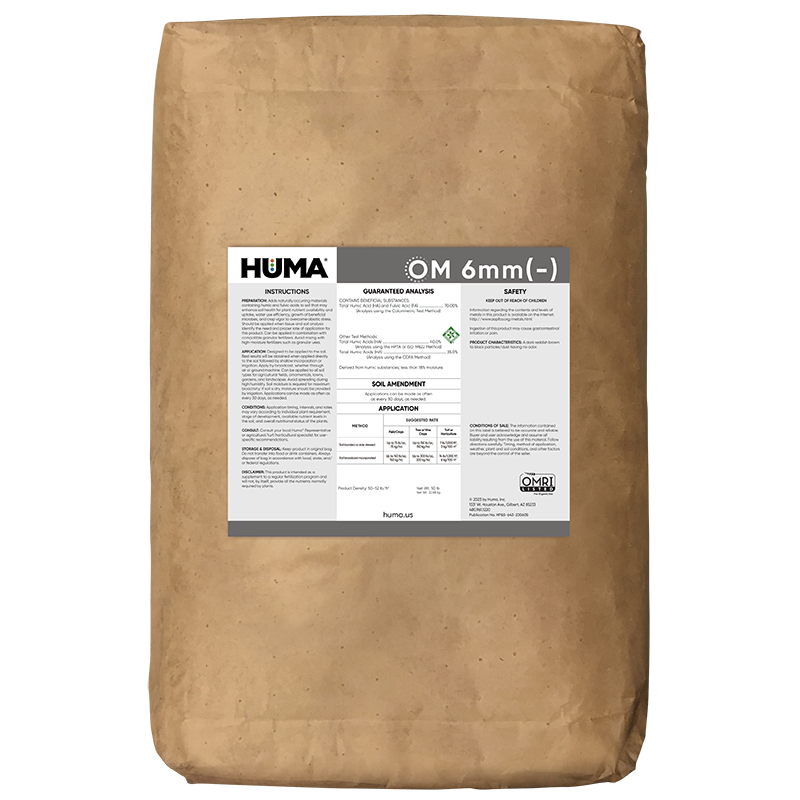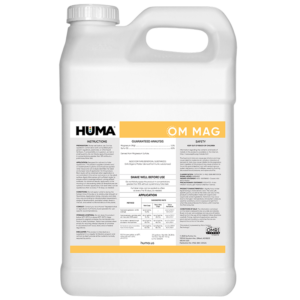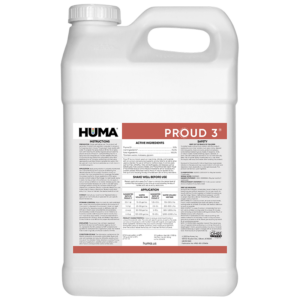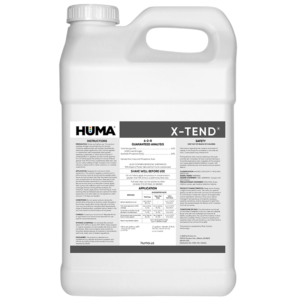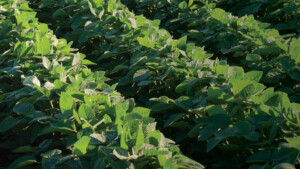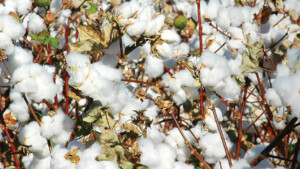OM 6 mm(-)
Benefits of Use:
- Variable granular size promotes even coverage/distribution of humic/fulvic acid for sustainable carbon benefit
- Long-term soil organic-matter building
- Increased water penetration
- Increased flocculation of clays
- Promotes conversion of fertilizer into plant-available food
- Increases soil nutrient mineralization
- Sustainable soil microbial activation
FAQs
Related Products
Related Case Studies

Huma Pro® Mix, pH-Stable Liquid Humic Acid Product, Increases Corn Yield
Conducted by: Bruce Kirksey, PhD, Agricenter International, Memphis, Tenn. Huma® Product: Huma Pro® Mix Background Scientific research shows that humic and fulvic acids are biostimulants—enhancing nutrient availability and uptake, improving plant root growth and mass, and impacting both crop yield and quality. Humic acid products are not all the same. They are marketed in solid
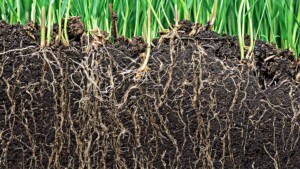
Zap® Improves Soil Biology and Soil Structure
Objective Huma® Zap® has been shown to improve crop yield and soil conditions. This research investigated some of the ways Zap improves soil characteristics such as soil biology and soil structure. Materials & Methods Two sets of soil in containers received two different solutions. The first received 120 ml of only water and the second
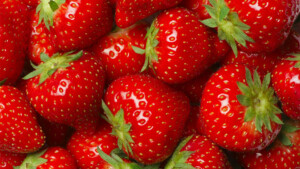
Huma® Program Increases Strawberry Yields 13%, With an Increased Return of > $3,400/acre
Objective This field trial assessed the effects of an additional 4 foliar applications of Huma® products on the yield of Portola strawberries when compared with the grower’s standard crop nutrition program. Materials & Methods This trial was set up in a complete randomized-block design conducted during the growing season of July 18 through November 28
Related Blog Posts

Why Are Humic Substances Called Acids?
By Richard Lamar, PhD Senior Director of Humic Research Bio Huma Netics, Inc. We are accustomed to seeing humic substances (humic and fulvic) in dry/granular form, and we tend to think of acids as liquids. So why are humic and fulvic substances called acids? All substances, solid AND liquid, have a chemical makeup. An acid

This Week in Ag #41
This is American agriculture’s big week – Thanksgiving! Our celebration of food takes center stage on family dining tables from sea to shining sea. Not only do we honor the 1% who currently feed us, we also reflect upon the many contributions of the original American agriculturalists, our Native Americans. For starters, they saved the Pilgrims from starvation during their first years in the New World. The Wamponoag tribe utilized their famous “Three Sisters” cropping practice: corn, beans and squash.
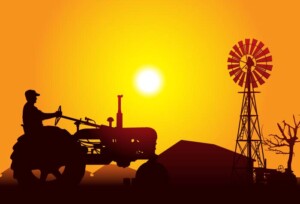
This Week in Ag #2
Are we looking at a fertilizer shortage? Guess it depends on your definition. The availability of fertilizer isn’t a major concern in the US. It really wasn’t last year, either. As a good friend (who I consider to be among the best farmers in the country) told me last winter, “you can get it, it’s

